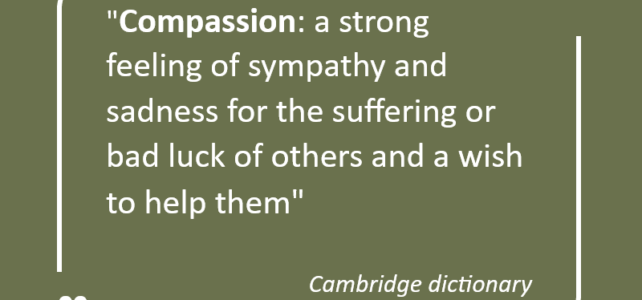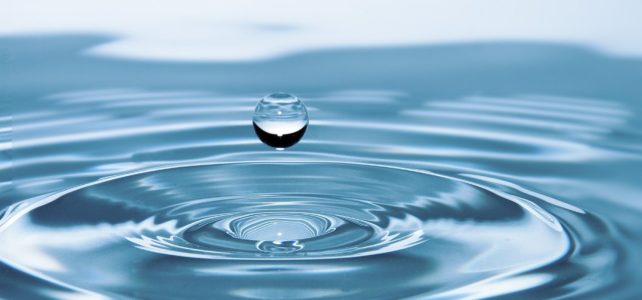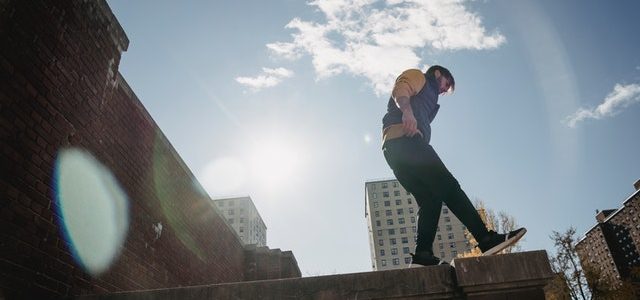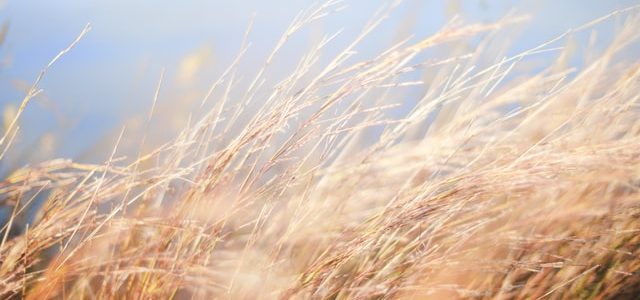Research has updated our thinking about what helps with recovery from acute injury. Moving on from rest, ice, compression and elevation (RICE) model to include optimal loading. But what is optimal loading?
What about optimal loading for injury recovery?
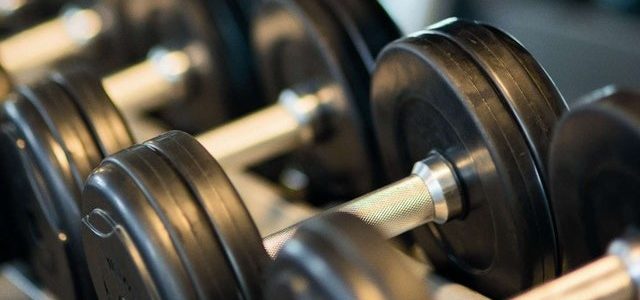

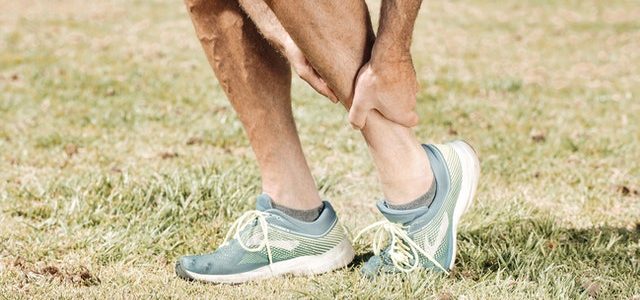

![Yogic breathing practices: How do you lengthen the exhale to trigger the relaxation response? [audio] woman standing with arms open eyes closed, relaxed breathing](https://www.megansetyyoga.co.nz/wp-content/uploads/2021/03/pexels-joshua-abner-3605015-640x300.jpg)
![Cobra pose variation takes the pressure off your wrists and changes the stretch [video] variation of cobra pose with arms stretched out](https://www.megansetyyoga.co.nz/wp-content/uploads/2021/03/cobra-variation-screenshot-642x300.jpg)
